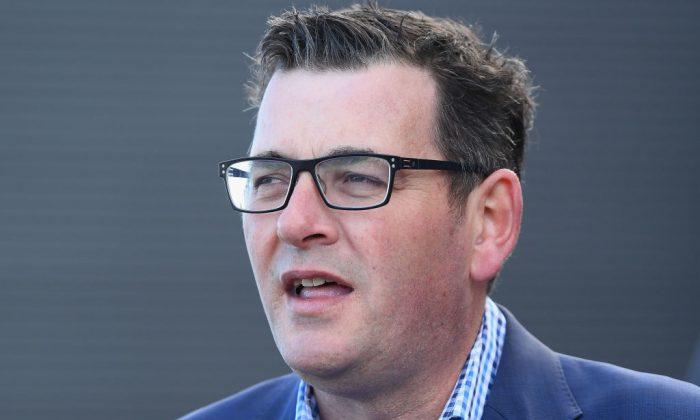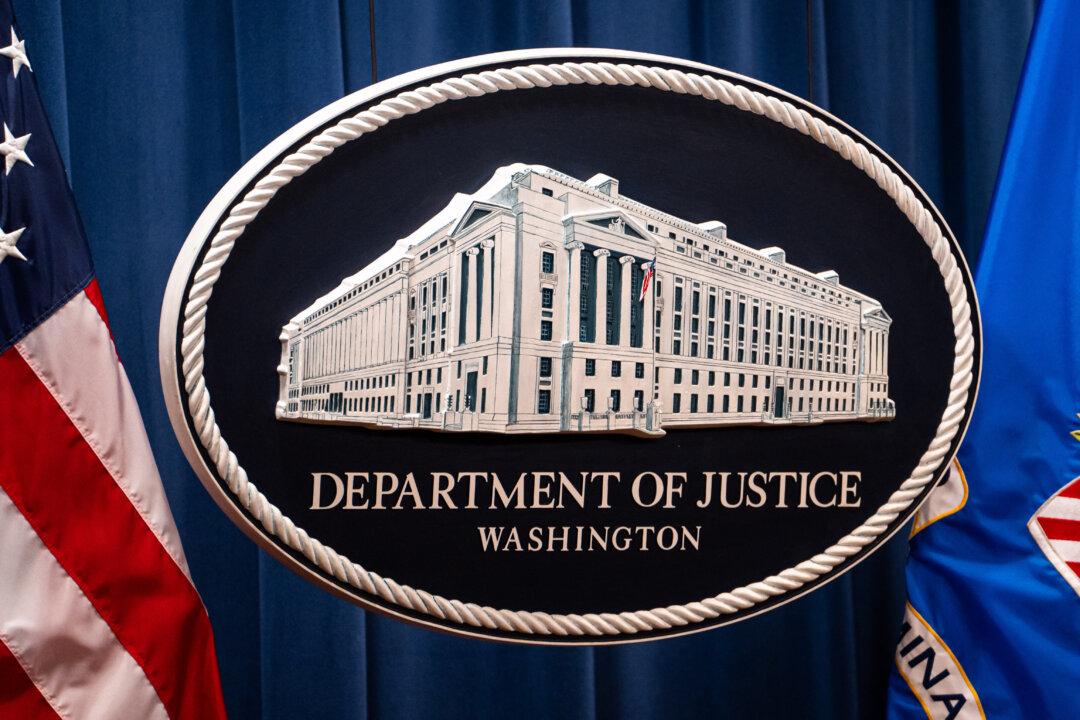Victoria’s incumbent Labor government has released the details of the controversial Belt and Road Initiative agreement it signed with the Chinese government last month. The four-page document was made available online
late Nov. 11.The disclosure by Premier Daniel Andrews’ office came after voices from both sides of politics at the
state level and the Prime Minister mounted significant pressure on the Premier to publicise exactly what he had signed with a foreign government last month. Andrews first announcement the “historic” agreement on Oct. 25 through a
press release on the state government’s website, although the contents of the agreement were said to be confidential.
“This new Australian-first agreement sums up everything we have achieved with China over the past four years,” Andrews said of his progressive government. “It means more trade and more Victorian jobs and an even stronger relationship with China.”
The news came to the surprise of Australia’s Prime Minister Scott Morrison who on Nov. 6, slammed Andrews for his
signing of a Memorandum of Understanding (MoU) with the Chinese government, despite reassurances from Andrews that the document was “not legally binding.”
Morrison
told 2GB radio on Nov. 7 he was “surprised” that Andrews had given the agreement the green light without first consulting with the Commonwealth government.
Morrison said that China’s Belt and Road Initiative (BRI)—a trillion-dollar infrastructure project that seeks to increase investment and trade links between China and the world—was a “matter of international relations,” adding that without appropriate assessment, it could run the risk of undermining the Coalition government’s foreign policy.
“We’ve always had a very consistent position on this [BRI] and always been clear about it,” Morrison said.
Michael Shoebridge, Director of the Defence and Strategy Program at ASPI,
wrote on Nov. 6, that the federal government had been
wary of signing up to the BRI without clarification from Beijing on two important issues: what the Chinese state’s motives are in advancing the BRI; and how the multitude of individual projects are planned, selected, funded, and implemented.
However, some state governments and the
federal opposition do not share the Coalition’s conservative policy regarding China’s BRI. Luke Foley, the recently resigned NSW Labor leader, said in September 2017 that not joining the BRI was like signing “an economic suicide note” for NSW and Australia,
Fairfax reported. Michael Gunner, Labor’s Chief Minister of the Northern Territory, expressed his openness to participating in China’s BRI after visiting Shenzhen in August,
according to Fairfax.
Former Western Australian (WA) Liberal premier Colin Barnett was the first official to
sign a MoU with Beijing in 2011, which opened the door to greater investment from the Chinese state. Barnett told
The Australian on Nov. 9 that there was “nothing wrong” with Andrews signing the MoU is it was in Victoria’s interests “but he should have kept the federal authorities informed and it should be made public.”
Foreign Affairs Minister Marise Payne said on Nov. 6 that the federal government was aware that state and territory governments regularly strike such arrangements with regional neighbours. “We encourage the states and territories to expand opportunities with China,” Payne told the ABC, adding that “any treaty-level arrangements, of course, are made at the Commonwealth level.”
So far, 68 countries, including New Zealand, have signed up to the BRI, although the Ardern Labor government said it was considering
withdrawing earlier this year, SBS reported.
In January, former Minister for International Development and the Pacific, Concetta Fierravanti-Wells, accused China of constructing “useless buildings” and “roads to nowhere” while leaving Pacific island countries unreasonably indebted,
The Australian reported.
Details of Newly Released Document
Last week, Andrews stood firm and resisted repeated calls to make the MoU public. He cited a similar confidential MoU that was
signed by the Turnbull government in September 2017. The 2017 MoU agreed to cooperate with China to build infrastructure in third-party countries, including BRI projects; Australia did not sign up to any projects inside its borders. At the request of the Chinese government, that MoU was also not made public.
Andrews moved to release the MoU on Nov. 9, following pressure from the Prime Minister and Victorian Opposition Leader Matthew Guy to make the agreement public before the Nov. 24 state elections,
The Australian reported.
According to the newly released MoU, the Victorian Labor government has effectively signaled to China that Victoria is open to “policy cooperation,” “unimpeded trade,” and efforts to “promote Digital Silkroad Cooperation” as part of the communist one-party state’s flagship infrastructure project.
Victoria’s Shadow Treasurer Michael O’Brien has said he is very concerned about the agreement which is likely to have far-reaching impacts,
news.com.au reported.
“What does that mean for Victorian businesses to have unimpeded trade with China? Simply means a lot of Victorian businesses will be put under massive pressure,” he said.
“Daniel Andrews has signed Victoria up to a secret deal with no consultation beforehand that can’t be terminated unless the Chinese government agree to it.”
According to the agreement (
PDF), the MoU “will remain in effect for five years and will be automatically extended for subsequent five year periods and so forth unless terminated by either party by giving the other party a written notice at least three months in advance.” It continued on to say, “This MoU will be terminated after joint agreement.”
The Andrews government offered some words aimed to reassure, saying that the MoU “does not bind Victoria to be involved in any specific project or initiative.”
“As it always does, the government will consider both Victoria’s and the national interest before agreeing to be involved in any specific activity,” it said in a statement.
The previously confidential document also revealed that Andrews had signed the MoU on Oct. 8, well before his public announcement about the agreement on Oct. 25.
In the Nov. 11 press release, Andrew’s office suggested that the federal government knew the contents of the MoU because a draft document had been sent to the Department of Foreign Affairs and Trade in June. However, DFAT told 9News on Nov. 2, that they were only made aware of the MoU in June, and that the Victorian government had not informed them that an MoU had been signed until the announcement on Oct. 25. At the time, DFAT said. “We have not been provided a copy of the agreed text.”
At Risk of Foreign Interests?
The Australian reported on Nov. 8 that Andrew’s media advisor had
links to the Chinese Communist Party’s United Front Work Department—a department focused on coordinating the Chinese Communist Party’s political influence operations overseas.
The consultant works for the Shenzhen Association of Australia, which is part of a network of organisations in Australia that is guided by the United Front Work Department.
A senior Communist Party official, Ma Yongzhi, the vice-minister of the United Front Work Department of Shenzhen, opened the Shenzhen Association of Australia in November 2016,
according to another report.
According to a June
Fairfax survey, 59 percent of responders said they believe that Australia should avoid supporting China’s BRI.





